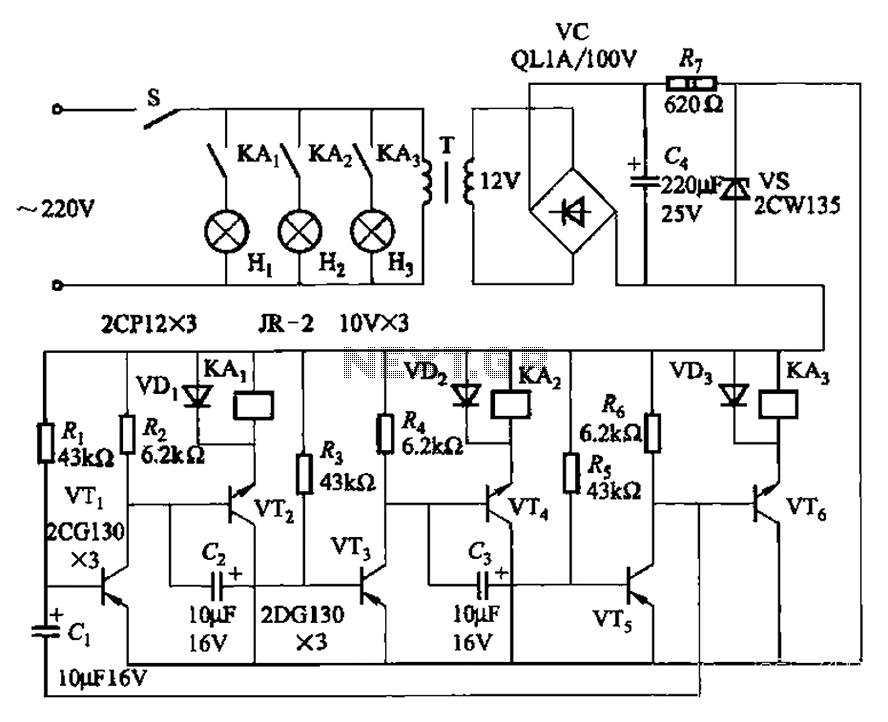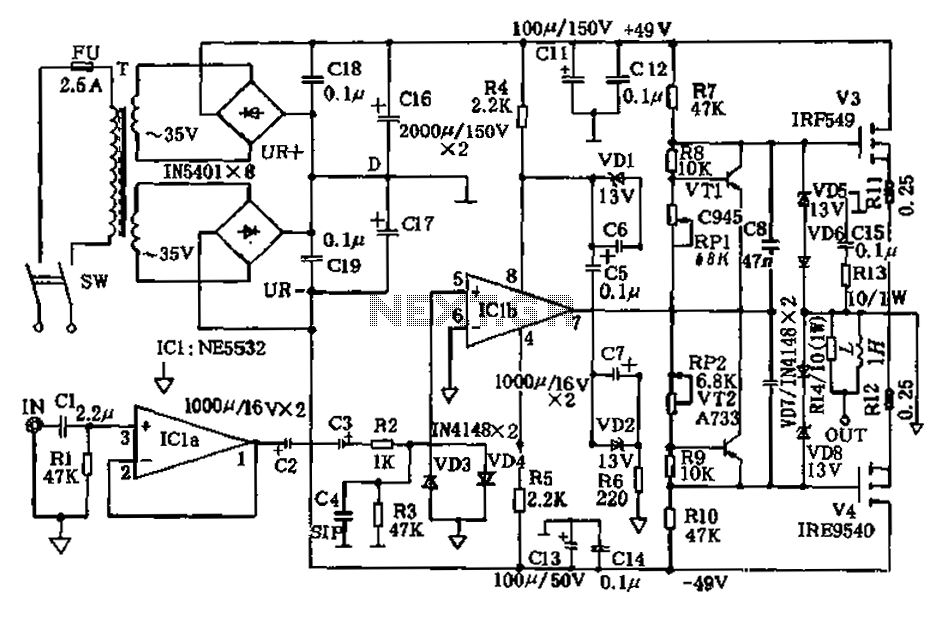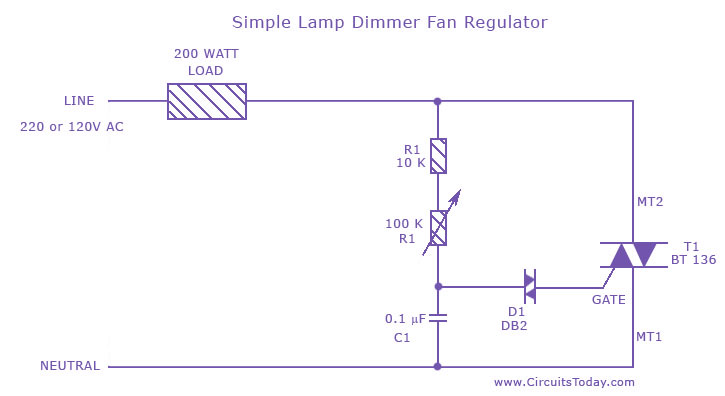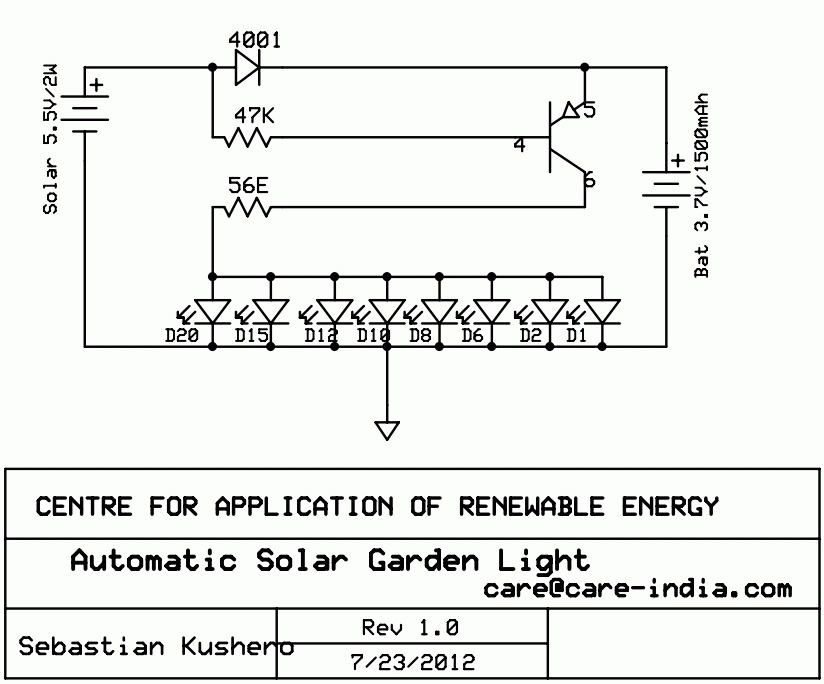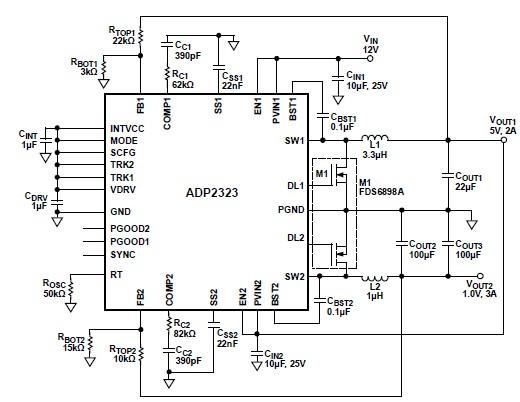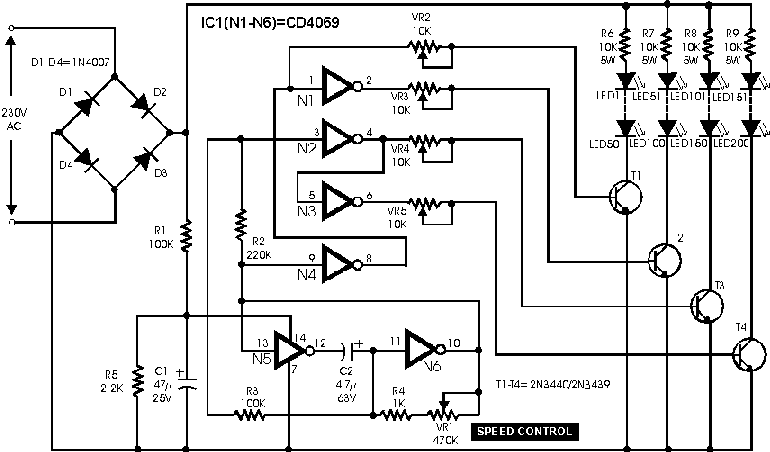
High Power AC Light Dimmer
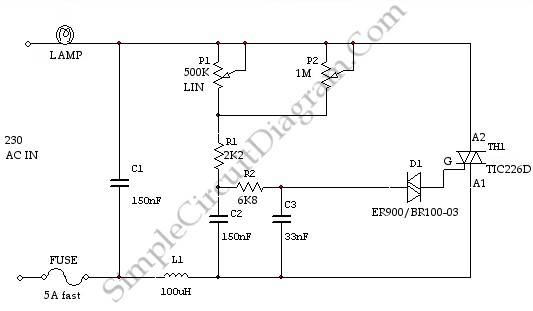
This is a light dimmer circuit. It does not include any special features and is a typical TRIAC-based dimmer circuit. This circuit is designed to operate with...
A TRIAC-based light dimmer circuit is a common electronic design used to control the brightness of incandescent lamps and some other types of lighting. The fundamental operation of this circuit relies on the phase control technique, where the TRIAC is triggered at a specific point in the AC voltage cycle to reduce the effective power delivered to the load.
The circuit typically consists of a TRIAC, a diac or an opto-isolator, a variable resistor (potentiometer), and a capacitor. The variable resistor allows the user to adjust the phase angle at which the TRIAC is triggered. When the AC voltage reaches the set phase angle, the TRIAC turns on, allowing current to flow through the load until the voltage crosses zero, at which point the TRIAC turns off. This process repeats with each AC cycle, effectively controlling the average power delivered to the light source.
The inclusion of a diac or an opto-isolator enhances the circuit's performance by providing a more stable triggering mechanism for the TRIAC. The capacitor is used to create a delay in the triggering signal, which works in conjunction with the variable resistor to determine the phase angle.
Safety considerations must be taken into account when designing this circuit. Proper heat sinking for the TRIAC is essential to prevent overheating, and components should be rated for the expected load current and voltage.
This TRIAC-based dimmer circuit is widely used in residential and commercial lighting applications, providing an efficient and cost-effective solution for adjustable lighting control.This is a light dimmer circuit. It has no fancy special feature, it is a a quite typical TRIAC based dimmer circuit. This circuit is only used to operate with.. 🔗 External reference
A TRIAC-based light dimmer circuit is a common electronic design used to control the brightness of incandescent lamps and some other types of lighting. The fundamental operation of this circuit relies on the phase control technique, where the TRIAC is triggered at a specific point in the AC voltage cycle to reduce the effective power delivered to the load.
The circuit typically consists of a TRIAC, a diac or an opto-isolator, a variable resistor (potentiometer), and a capacitor. The variable resistor allows the user to adjust the phase angle at which the TRIAC is triggered. When the AC voltage reaches the set phase angle, the TRIAC turns on, allowing current to flow through the load until the voltage crosses zero, at which point the TRIAC turns off. This process repeats with each AC cycle, effectively controlling the average power delivered to the light source.
The inclusion of a diac or an opto-isolator enhances the circuit's performance by providing a more stable triggering mechanism for the TRIAC. The capacitor is used to create a delay in the triggering signal, which works in conjunction with the variable resistor to determine the phase angle.
Safety considerations must be taken into account when designing this circuit. Proper heat sinking for the TRIAC is essential to prevent overheating, and components should be rated for the expected load current and voltage.
This TRIAC-based dimmer circuit is widely used in residential and commercial lighting applications, providing an efficient and cost-effective solution for adjustable lighting control.This is a light dimmer circuit. It has no fancy special feature, it is a a quite typical TRIAC based dimmer circuit. This circuit is only used to operate with.. 🔗 External reference
